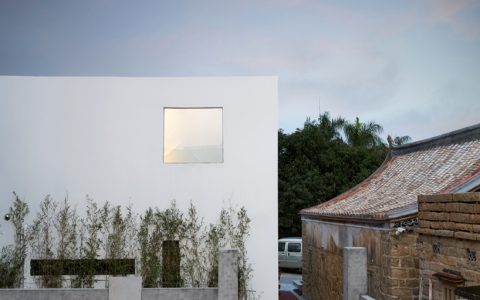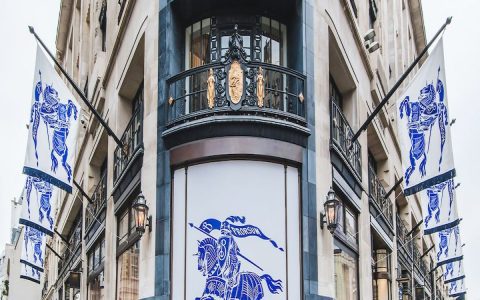Raymond Hood (1881-1934) was a pivotal American architect in the early 20th century, known for blending Art Deco and modern design to shape iconic urban skylines. His work emphasized functionality, collaboration, and innovation, making him a key figure for architectural education.
10 Key Facts Every Student Should Know
- Pioneering Style Fusion: Hood combined Gothic Revival and Art Deco elements, creating distinctive skyscrapers like the Chicago Tribune Tower.
- Tribune Tower Triumph: He won the prestigious 1922 Chicago Tribune design competition, setting a benchmark for architectural competitions and vertical aesthetics.
- Rockefeller Center Collaboration: As lead designer, Hood co-created New York's Rockefeller Center, which revolutionized mixed-use complexes and urban planning principles.
- Functionalism Advocate: His designs prioritized efficiency and practicality, using steel frames and setback forms to maximize light and space in dense cities.
- Modern Material Innovation: Hood embraced steel and glass to construct taller buildings, advancing skyscraper technology and reducing construction timelines.
- Manhattan Skyline Influence: Projects like the Daily News Building defined 1930s New York, promoting vertical growth as a solution to urban sprawl.
- Urban Density Focus: He championed high-rise developments for better land use, integrating retail, offices, and public areas seamlessly.
- Architectural Group Leadership: Hood co-founded "The Associated Architects" to foster teamwork, influencing collaborative practices in large-scale projects.
- Concept of "Cities in the Sky": His skyscrapers featured self-contained ecosystems, inspiring sustainable, multi-use building designs globally.
- Legacy in Education: Hood's blend of art and engineering continues to teach students about balancing creativity with structural integrity.






